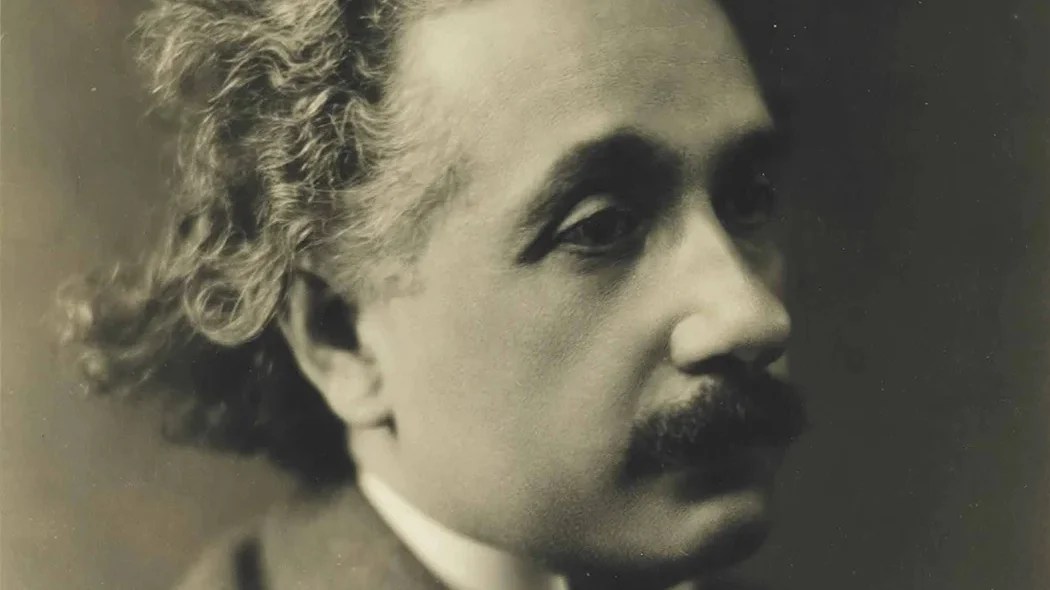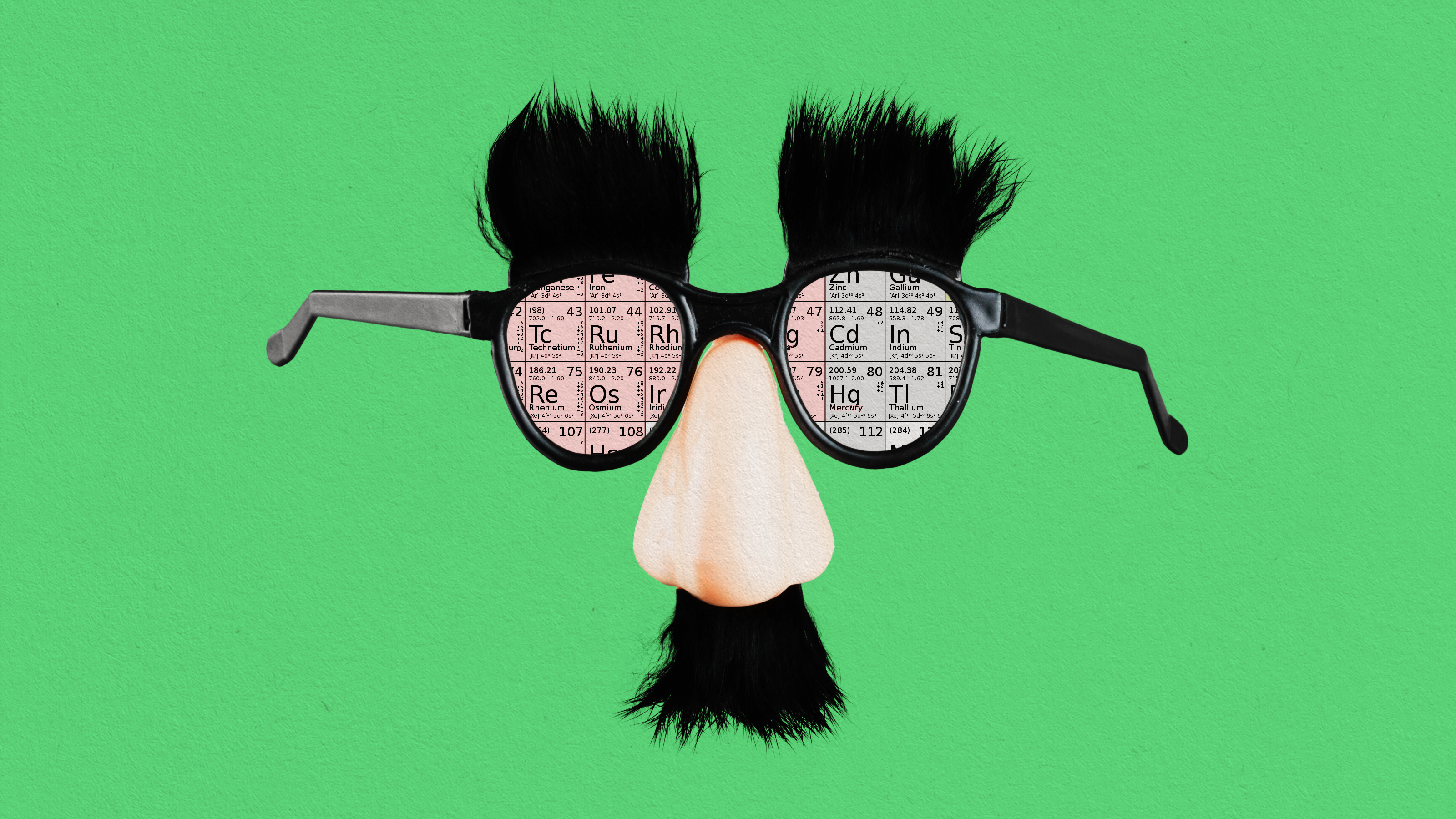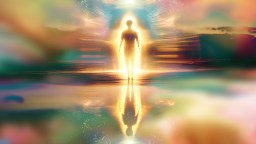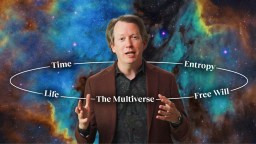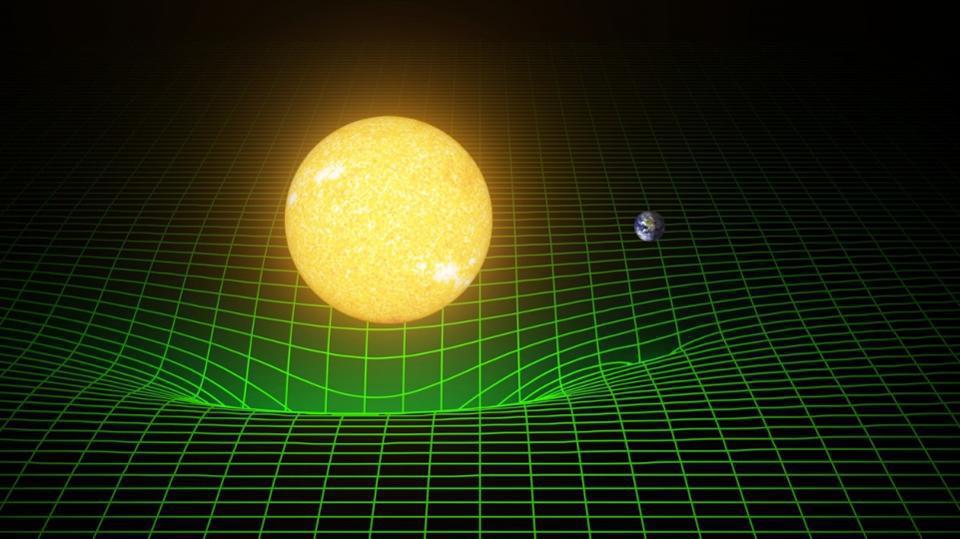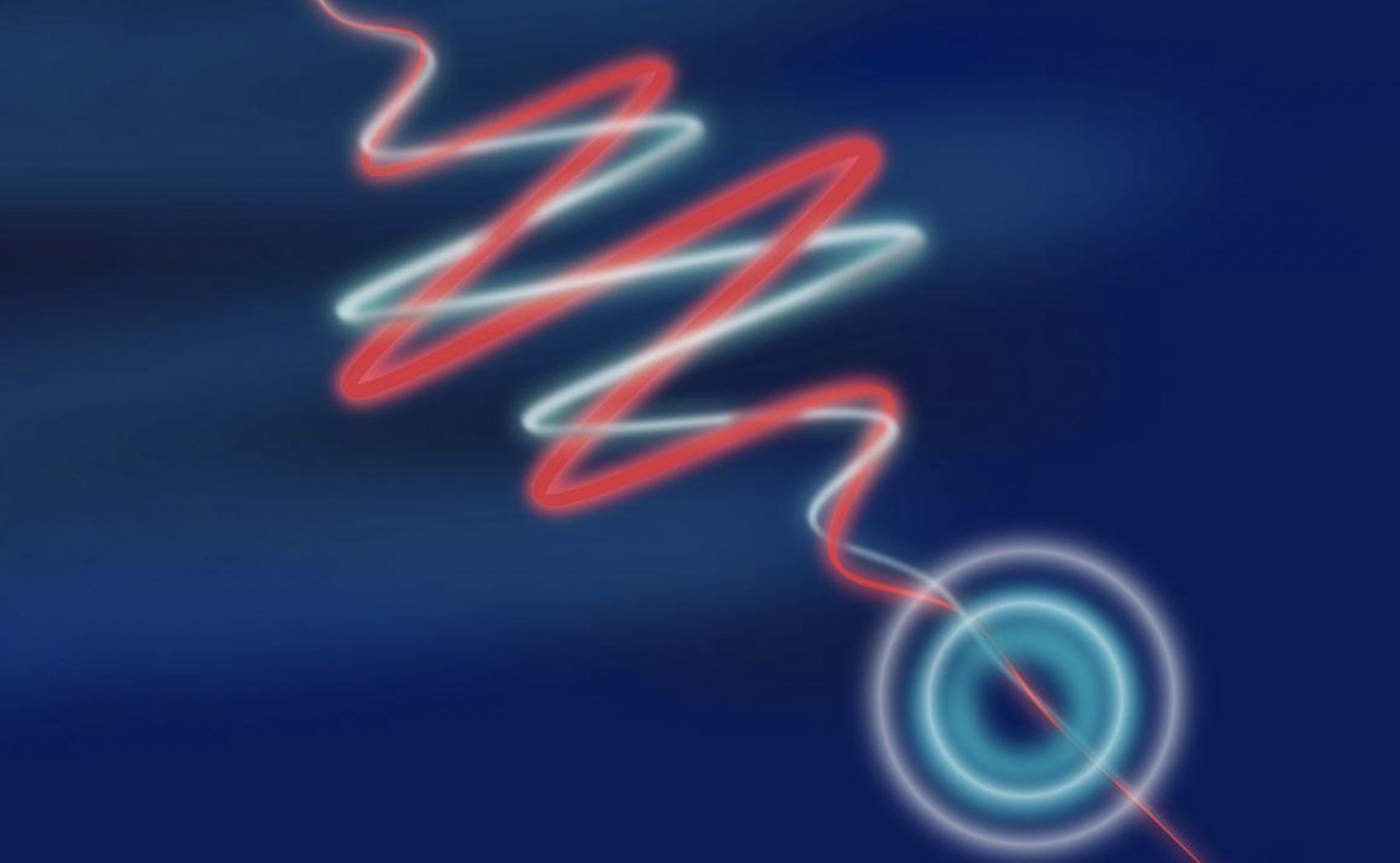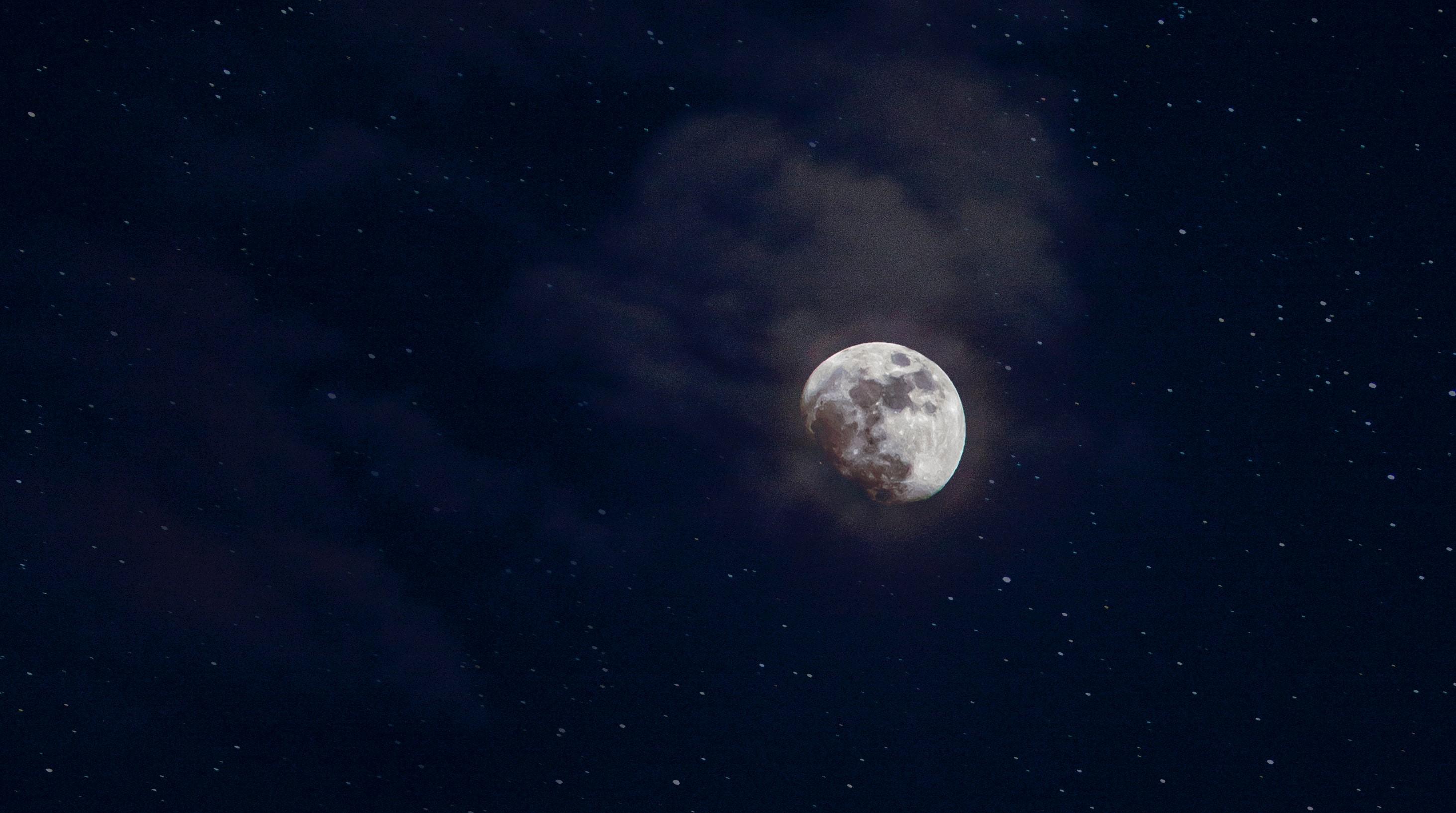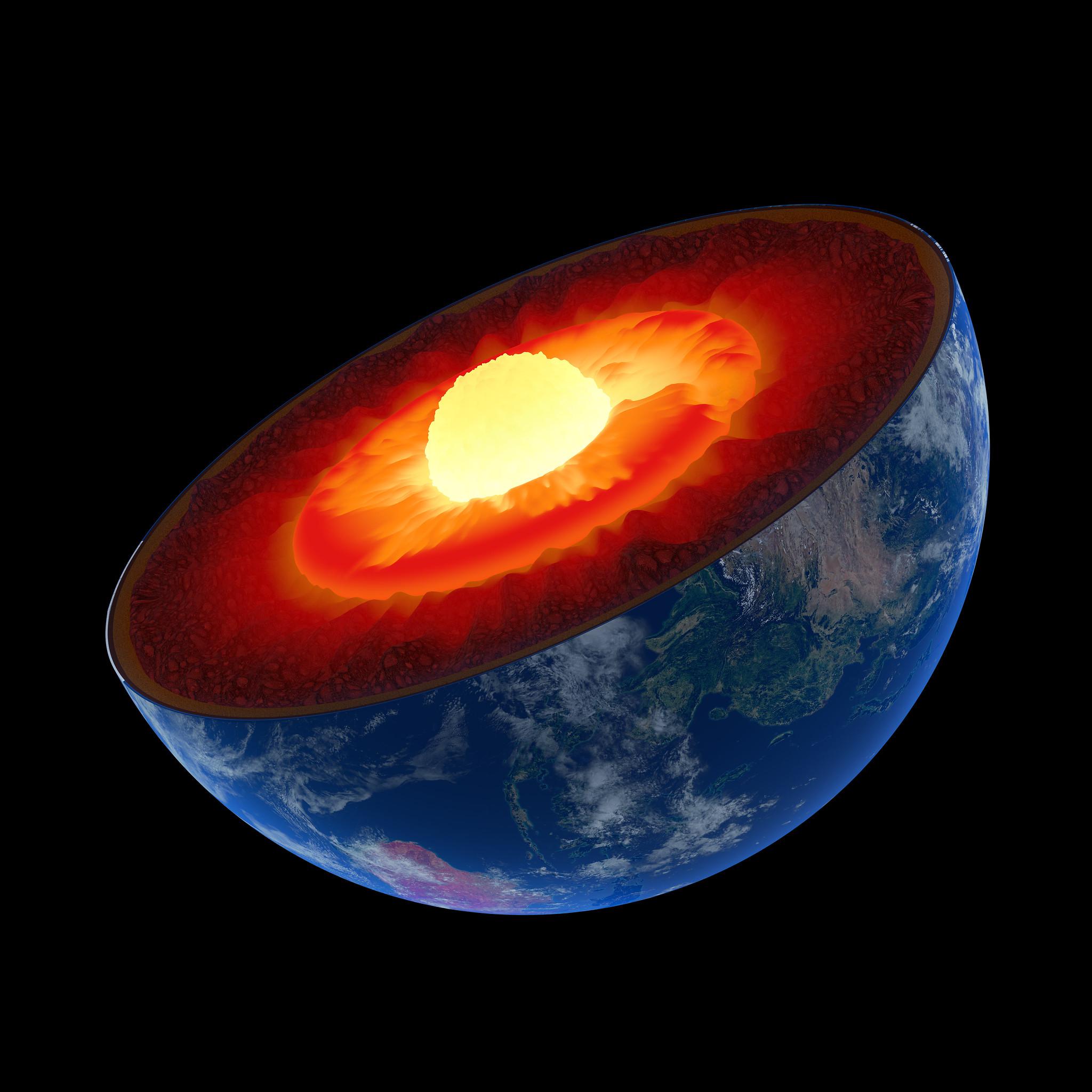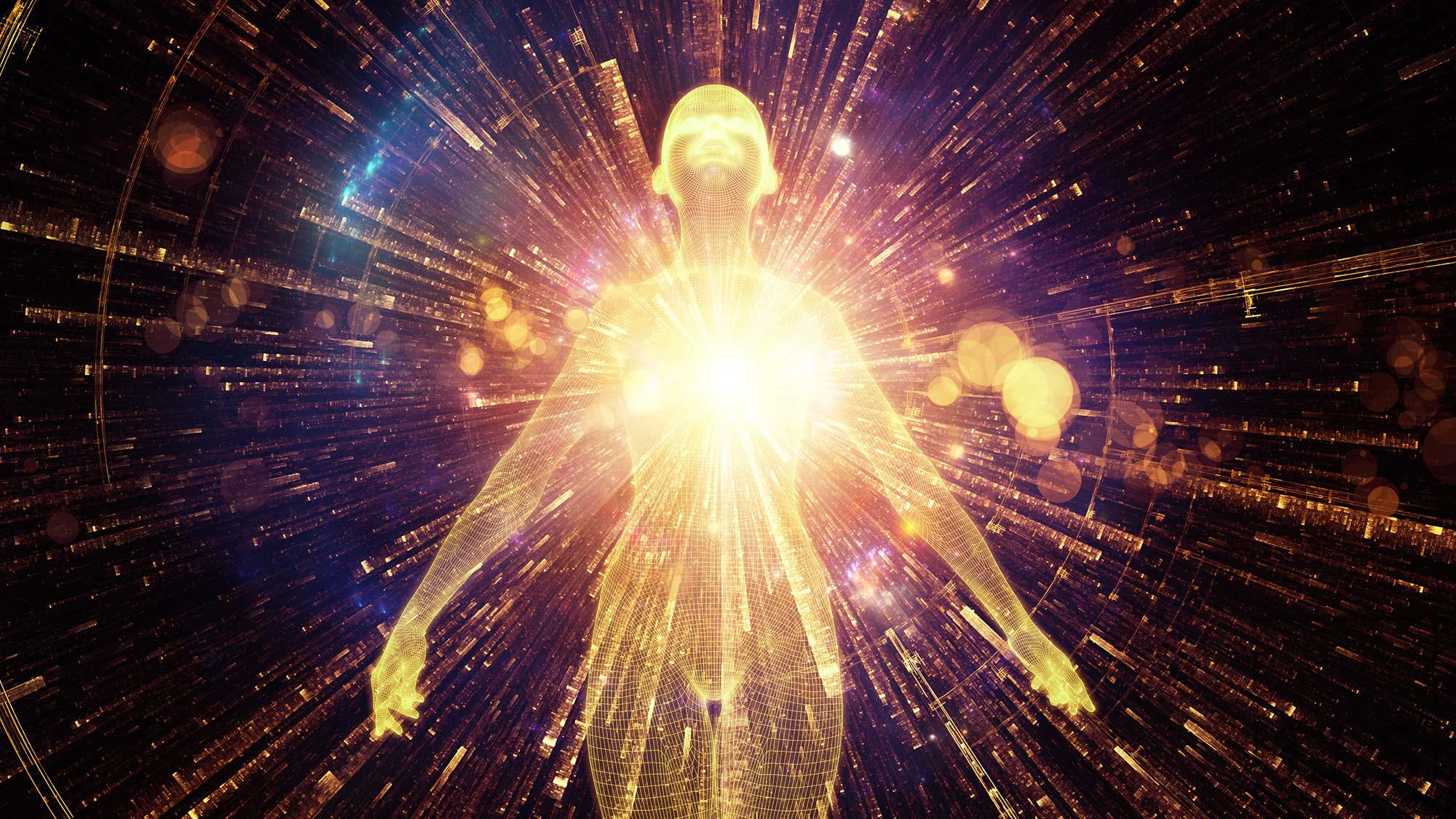physics
A new technique that can automatically classify phases of physical systems could help scientists investigate novel materials.
Forensics has reached the final frontier, and could be used to solve future space accidents—or crimes.
A rift in thinking about who should control powerful new technologies sent the brothers on diverging paths. For one, the story ended with a mission to bring science to the public.
Explore how QBism reframes science by placing the observer at the heart of quantum reality.
If Einstein couldn’t solve the theory of everything, could anyone? Physicist Michio Kaku explains what it would take.
▸
6 min
—
with
Ever wonder what would happen if we got sucked into a black hole? Turns out we could live in it for a while — if it was big enough.
▸
9 min
—
with
After Albert Einstein’s death in 1955, a pathologist—searching for the secret of genius—removed, dissected, and ultimately stole the mathematician’s brain.
At the turn of the millennium, a physicist fooled the global scientific community with the greatest discovery that never existed.
Sabine Hossenfelder talks about Albert Einstein, dead grandmothers, the physics of aging, and more in this full interview with Big Think.
▸
43 min
—
with
Sabine Hossenfelder discusses the physics of… dead grandmothers?
▸
10 min
—
with
Is science close to explaining everything about our Universe? Physicist Sabine Hossenfelder reacts.
▸
5 min
—
with
Why does time move forward but not backward? Physicist Sabine Hossenfelder explains.
▸
5 min
—
with
Left–Right, Back–Forth, Up–Down. What’s the fourth dimension?
▸
3 min
—
with
How did complex systems emerge from chaos? Physicist Sean Carroll explains.
▸
6 min
—
with
Everything you ever wanted to know about the Universe, explained by physicist Sean Carroll.
▸
1:33:47 min
—
with
If we are wreaking havoc on ourselves and the world, it is because we have become mesmerized by a mechanistic, reductionist way of thinking.
The big-picture physics is simple – let gravity do its job.
Mathematically, it is a monster, but we can understand it in plain English.
Philosophers and scientists spent millennia arguing about the nature of light. It turned out to be stranger than anyone imagined.
A new model addresses a longstanding problem: where do quasars get the fuel they need to outshine entire galaxies?
Surrounding Earth is a powerful magnetic field created by swirling liquid iron in the planet’s core. Earth’s magnetic field may be nearly as old as the Earth itself – and […]
This everyday electrical phenomenon had no widely accepted scientific explanation — perhaps, until now.
For the first time, light that comes from behind a black hole has been spotted.
When Olympic athletes perform dazzling feats of athletic prowess, they are using the same principles of physics that gave birth to stars and planets.
The eastern inner core located beneath Indonesia’s Banda Sea is growing faster than the western side beneath Brazil.
The non-contact technique could someday be used to lift much heavier objects — maybe even humans.
Information may not seem like something physical, yet it has become a central concern for physicists. A wonderful new book explores the importance of the “dataome” for the physical, biological, and human worlds.
A theoretical physicist returns to Penrose and Hameroff’s theory of “quantum consciousness.”
If the laws of physics are symmetrical as we think they are, then the Big Bang should have created matter and antimatter in the same amount.






